The poor weight loss effect at the age of 35 may be related to factors such as decreased basal metabolism, changes in hormone levels, muscle loss, unreasonable dietary structure, and improper exercise methods. Aging leads to natural decline in bodily functions, but effective weight loss can still be achieved through targeted adjustments.

1. Decreased basal metabolism
The basal metabolic rate of the human body decreases by about 5% -8% every ten years after the age of 30, and daily calorie consumption decreases by 100-200 calories at the age of 35 compared to 20. Muscle tissue is the main energy consuming organ, and a sedentary lifestyle can accelerate muscle loss. It is recommended to increase muscle mass through strength training, choose composite movements such as squats and plank supports, and perform resistance training 2-3 times a week.
2. Changes in hormone levels
Fluctuations in female estrogen levels and decreases in male testosterone levels can affect fat distribution, making it more likely to accumulate in the waist and abdomen. Long term elevated levels of the stress hormone cortisol can promote visceral fat storage. Ensure 7-8 hours of high-quality sleep, reduce staying up late, and relieve stress through meditation, deep breathing, and other methods.
3. Accelerated muscle loss
After the age of 30, muscle mass loss is 0.5% -1% per year, and muscle loss directly reduces resting energy expenditure. Excessive aerobic exercise may exacerbate muscle breakdown and should be accompanied by impedance training. Supplement high-quality protein such as eggs and fish, with a daily intake of 1.2-1.6 grams of protein per kilogram of body weight.
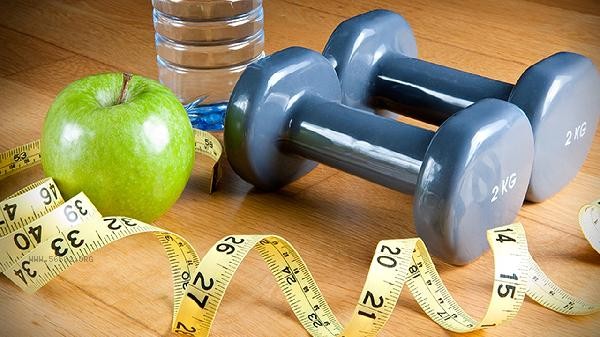
4. Dietary structure issues
Blindly dieting may lead to malnutrition and metabolic damage, and extreme low-carbon diets are not suitable for long-term implementation. We should ensure dietary fiber intake, choose low glycemic index staple foods, and control refined sugar and saturated fat. Adopting the 211 plate rule: 2 servings of vegetables, 1 serving of high-quality protein, and 1 serving of coarse grains per meal.
5. Improper exercise methods
Single aerobic exercise can easily encounter plateau periods, and high-intensity interval training can better enhance growth hormone secretion. Avoid exercise compensation psychology, as overeating after exercise can offset consumption. It is recommended to combine 150 minutes of moderate intensity aerobic exercise with 2 strength training sessions per week to gradually increase exercise intensity.

Losing weight after the age of 35 requires a more scientific strategy. It is recommended to conduct body composition analysis to understand muscle fat ratio and avoid solely focusing on weight numbers. When adjusting diet, pay attention to supplementing calcium and vitamin D to prevent osteoporosis, and exercise plans should include flexibility training. Maintain a regular daily routine and a positive mindset, give the body 3-6 months to adapt, and the sustainable weight loss rate is about 2-3 kilograms per month. If there are endocrine problems such as thyroid dysfunction or polycystic ovary syndrome, medical evaluation is necessary first.

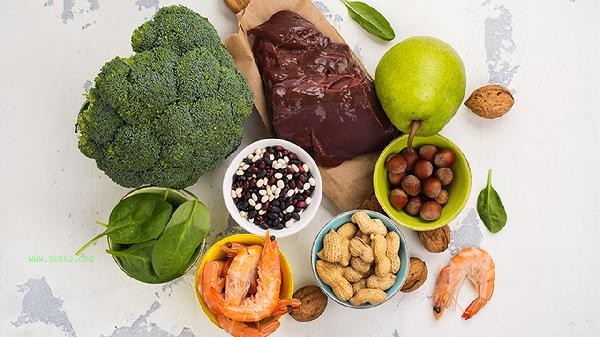

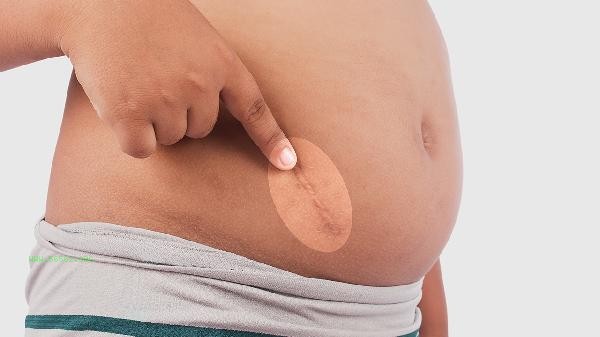
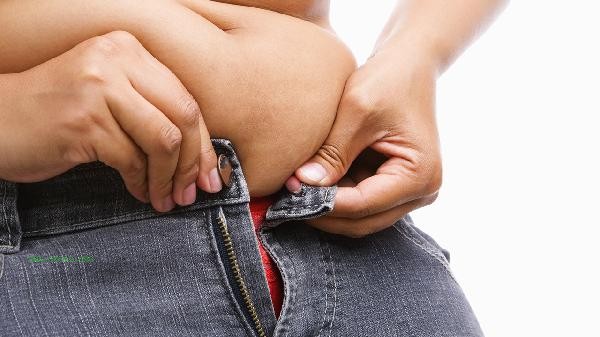
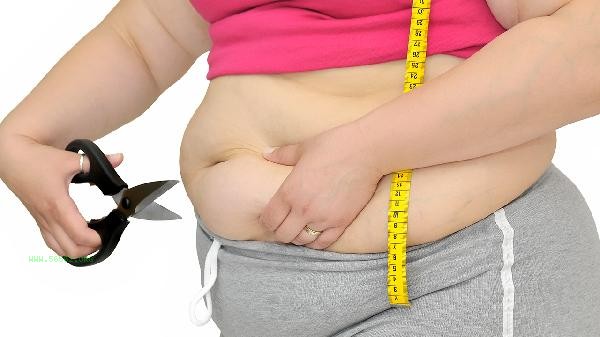


Comments (0)
Leave a Comment
No comments yet
Be the first to share your thoughts!